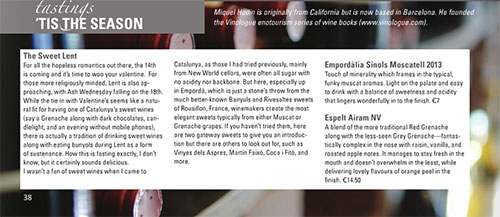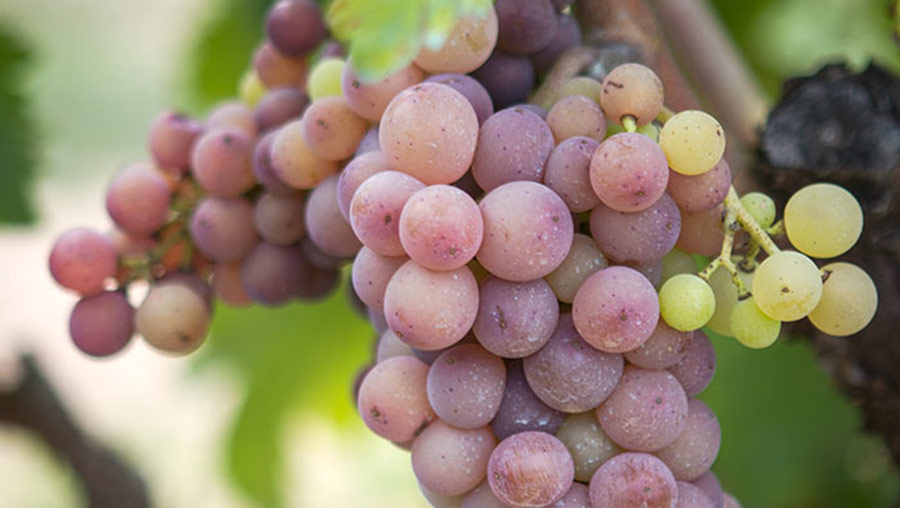The only thing one can figure is that given how most grapes around the world come in a red/”black” variety and a “white” variety that those in between were deemed “grey” despite the fact that any _______ Gris you’ll find is typically pink as a grape on the vine. This is important to mention as “Lledoner Roig” is one such “grey” grape that has been making a comeback both in DO Empordà as well as AOC Côtes de Roussillon across the border. If the name seems radically unfamiliar it’s because it’s more commonly known as Grenache Gris, the fully Frenchified version of the name that English speakers gravitate towards.
Lledoner Roig is a most curious name as “lledoner” is actually a tree, apparently known as a “hackberry” in English and “roig” is from old Catalan and is accepted to just mean “red” which has been supplanted by “vermell” in modern use. But this variant of Grey Grenache has long been found in old vineyards around Catalonia. It’s often tucked in with other types of vines given that winemaking peasants of old, not having the ease of moving wines around the cellar like we do know in our electric, pump-enabled times would make “field blends” for the wines. They’d pick, ferment, and macerate everything from their field at the same time. This is not how you usually get great wines as grapes have different maturity rates. It should be noted that this style of “co-fermentation” is still practiced in some French regions with specific regulations and why Côte Rotie is so unique with its blends of Syrah and Viognier.
In the case of Espelt, like most cellars with old vineyards they had a bit of Lledoner Roig hanging out in their Carignan vines randomly. The question naturally arose, “What on earth do we do with this?” It’s a somewhat versatile grape but given that it’s neither weak nor fully bold your options are limited. They were putting it in to their Grenache-based dessert wine for awhile but they felt like something more could be done with this pinky grape.
They set about to make a blanc de noir or “blanc de negre” as it’s known in Catalan (“white from black” has never sounded good in English) although it’s obviously not a full red grape and thus it’s more of a “blanc de roig” as they’ve taken to calling it. Making a “white” wine from red grapes is always fraught with peril. While the French have really nailed it (two of the three permitted grapes in Champagne are actually red grapes if you didn’t know) hotter climate winemakers have hit and miss success with it.
The profound ripeness that grapes see in Spain makes it a process that’s more than just running off the juice from the press immediately with zero skin contact from the grapes. There is a finite art to picking at the right time, controlling the temperature, and undoubtedly a myriad of other items that need to come together to give you a different take on a white wine from dark grapes that’s actually enjoyable. For instance, it’s only in the most recent vintages that Les Cousins in Priorat have achieved a fine wine in this style with their L’Antagonique.
Given this, Espelt did a number of experiments with the grape to see what was going to work and they’ve only just now released the wine for the very first time with less than 1,000 bottles produced.


